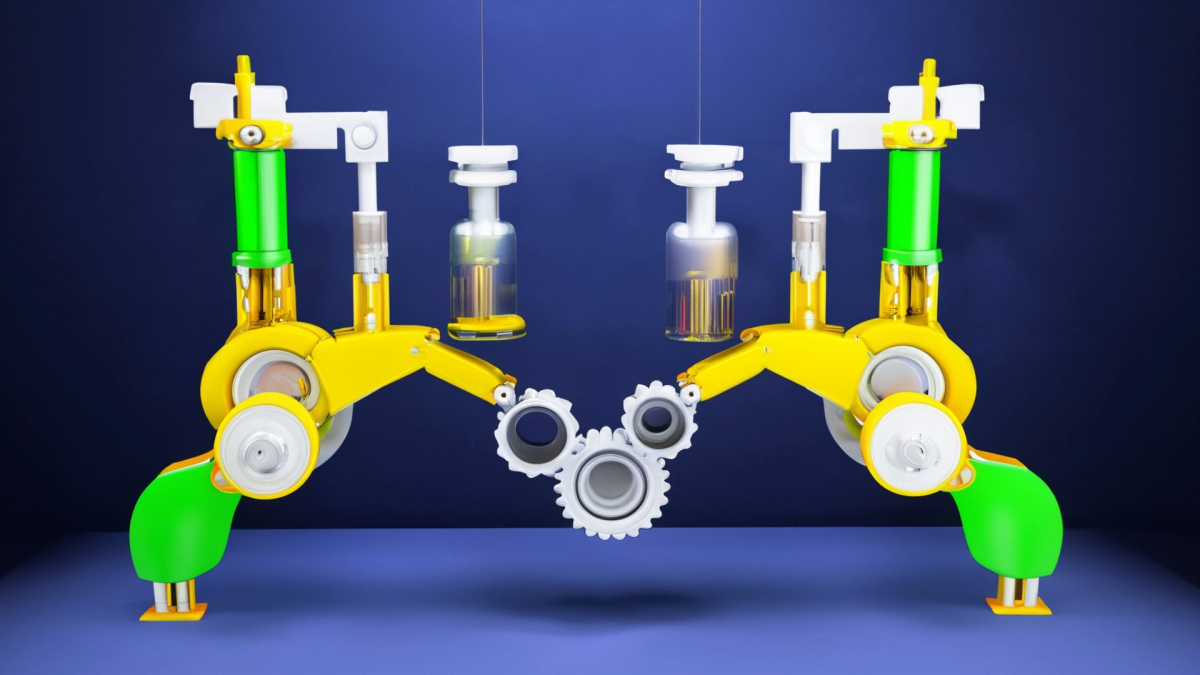
Plan a Native Plant Pollinator Garden
Within eight 60 minutes class periods
Design a native, pollinator friendly garden with the help of a local gardener/master gardener.
Students work together to create a classroom garden, monitor plant growth, and watching for pollinators. Students will invite other students, teachers, and community members to visit the garden.
Objectives:
Define which plants would support local pollinators
Plan, plant, and care for the plants in the garden
Document the growth rate of the plants in the garden
Explain the importance of local plants vs invasive plants for pollinators
Agenda:
Read In a Garden picture book aloud to the class and show National Geographic Plant a Pollinator Garden
Local gardener/master gardener speaks to students about the importance of local plants for pollination
Students research native plants that are great for main pollinators (bees, butterflies, moths, bats, birds, etc)
Create list of possible plants and design future garden on paper.
Students work together to create classroom garden, monitor plant growth, and watch for pollinators.
Students will invite other students, teachers, and community members to visit the garden.
Lesson Grade Level
3rd GradeLesson Plan Link/URL
https://docs.google.com/presentation/d/1B3Q4DulTHf4T_i70hGOS45lfTeiv_ZZP7SmLYfQ…Subject Area
Science Life Science L1: Cells L2: Organisms & Energy Technology 6. Creative Communicator Engineering S2: Apply the Engineering Design Process S3: Apply Mathematics to Engineering Mathematics Measurement and Data (MD) English Language Arts (ELA) Reading (Informational Text) Speaking & ListeningRelated Content

Students learn about the chemistry that exists in some of the world's oldest surviving paintings. This lesson is the final part of a 3 part painting series, and focuses on binding agents in paint

In this unit students will observe how elements within a system changes over time, generating patterns and trends that affect the ecosystem of bees. Students will use Stock-Flow Maps to show the

This lesson is part 2 of 2, Days 3 and 4. This lesson is set up to have students explore the friction bridge designed by Leonardo Da Vinci. Students have discovered the inventor and become familiar